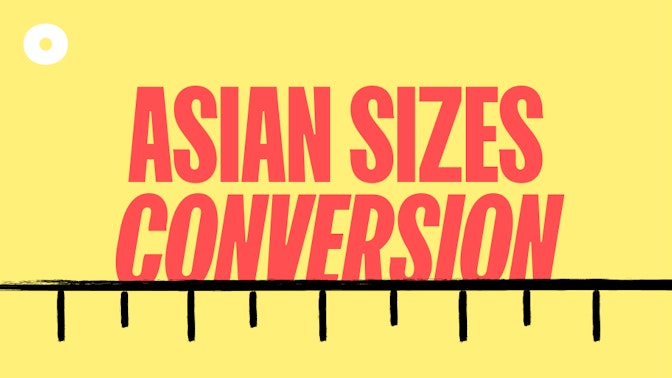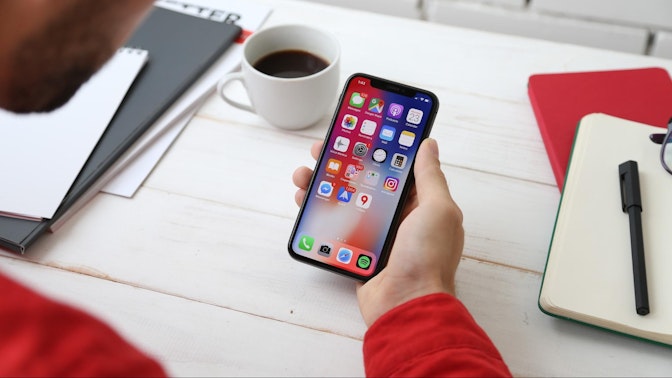In 2017, I spent $191,480.74 USD on Facebook Ads. That ended up resulting in $374,002.07 USD in store revenue.
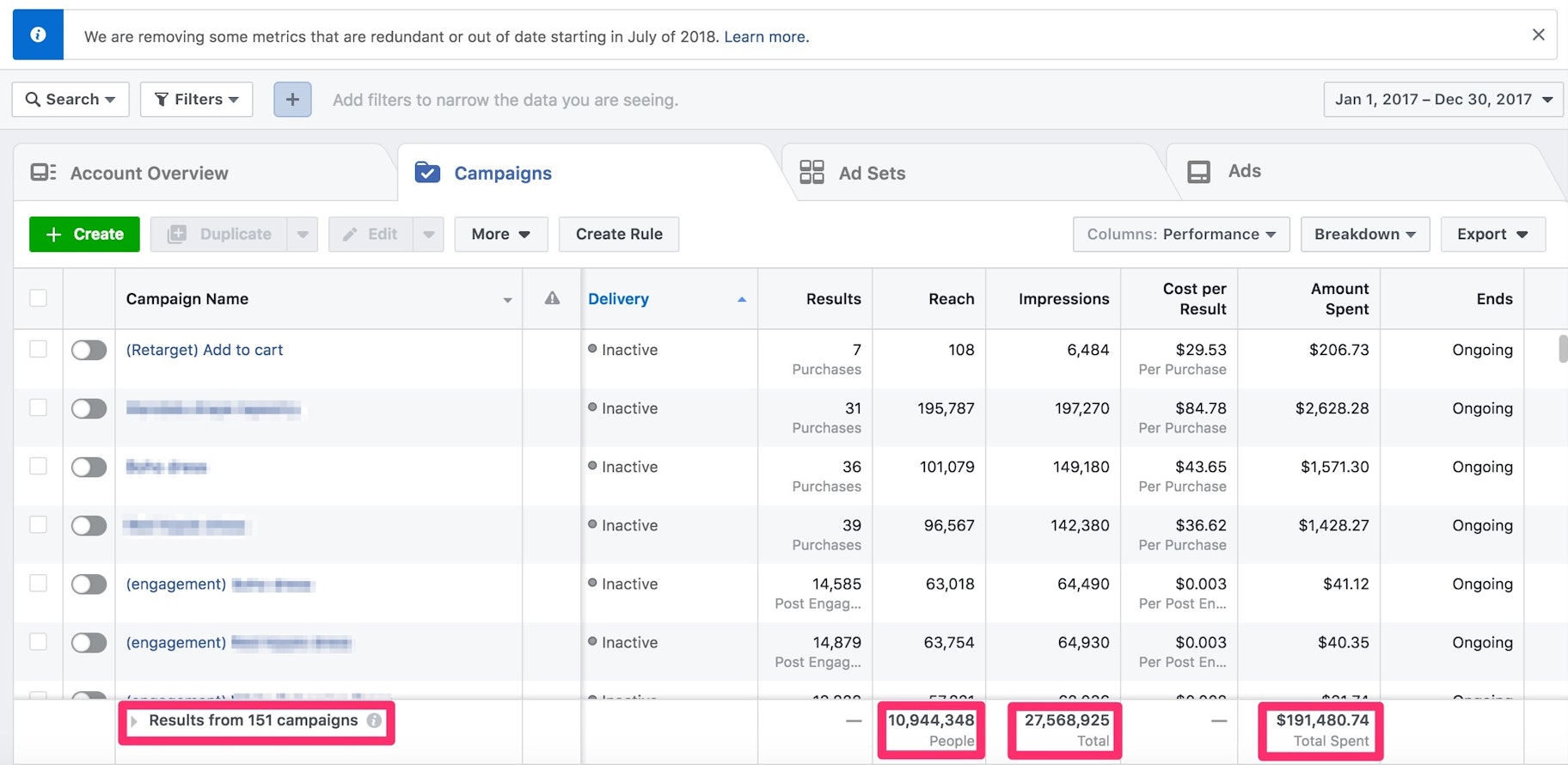

I learned a lot about Facebook’s ad platform, how to create an effective ad, and what really matters when it comes to getting conversions on your store.
Mistakes were made along the way. Some ads failed. Others cost too much money.
But I also discovered what a winning Facebook ads formula looks like while learning tricks that helped me figure out answers to the most common Facebook ad questions.
In this article, I’ll breakdown the biggest Facebook Ads for beginners lessons I learned over the course of a year to help you achieve Facebook Ads success a bit faster.
Post Contents
- 12 Facebook Ads Lessons I Wish I Knew Sooner
- #1. Test International Markets
- #2. Your Funnel Is More Important Than You Think
- #3. Spend More Time Tweaking Your Site Instead of Your Ads
- #4. Direct Traffic to Your Product Page
- #5. Facebook Ad Engagement is Important
- #6. Simple Ads Work Best
- #7. Facebook is 80% Testing and 20% Optimizing
- #8. Once You Succeed, Scale.
- #9. Scaling Isn’t 1:1
- #10. Create Separate Pixels for Each Product
- #11. Retargeting Budgets
- #12. Get Creative with Retargeting
- Conclusion
- Want to Learn More?



12 Facebook Ads Lessons I Wish I Knew Sooner
#1. Test International Markets
Have you ever heard of the country Jersey? Neither had I.
But on one of my first ads, several people from that tiny country were purchasing products from my store. Jersey was outperforming much bigger countries like the United States.
→ Click Here to Launch Your Online Business with Shopify
When you’re just starting out, the trend tends to be to target the big four: the United States, Canada, Australia and the United Kingdom. But if you want to achieve big results, you need to attract a bigger audience.
As a dropshipper, there wasn’t anything holding me back from selling to an international audience so I started selling internationally pretty early on.
Our first taste of winning Facebook ads happened when I created a Worldwide ad and removed the big four. Why did I remove them? So I can sell internationally without having the ad skew the audience reach of popular countries. I mean the United States has 325.7 million people which would drastically affect the audience of an ad especially compared to a smaller country like Jersey.
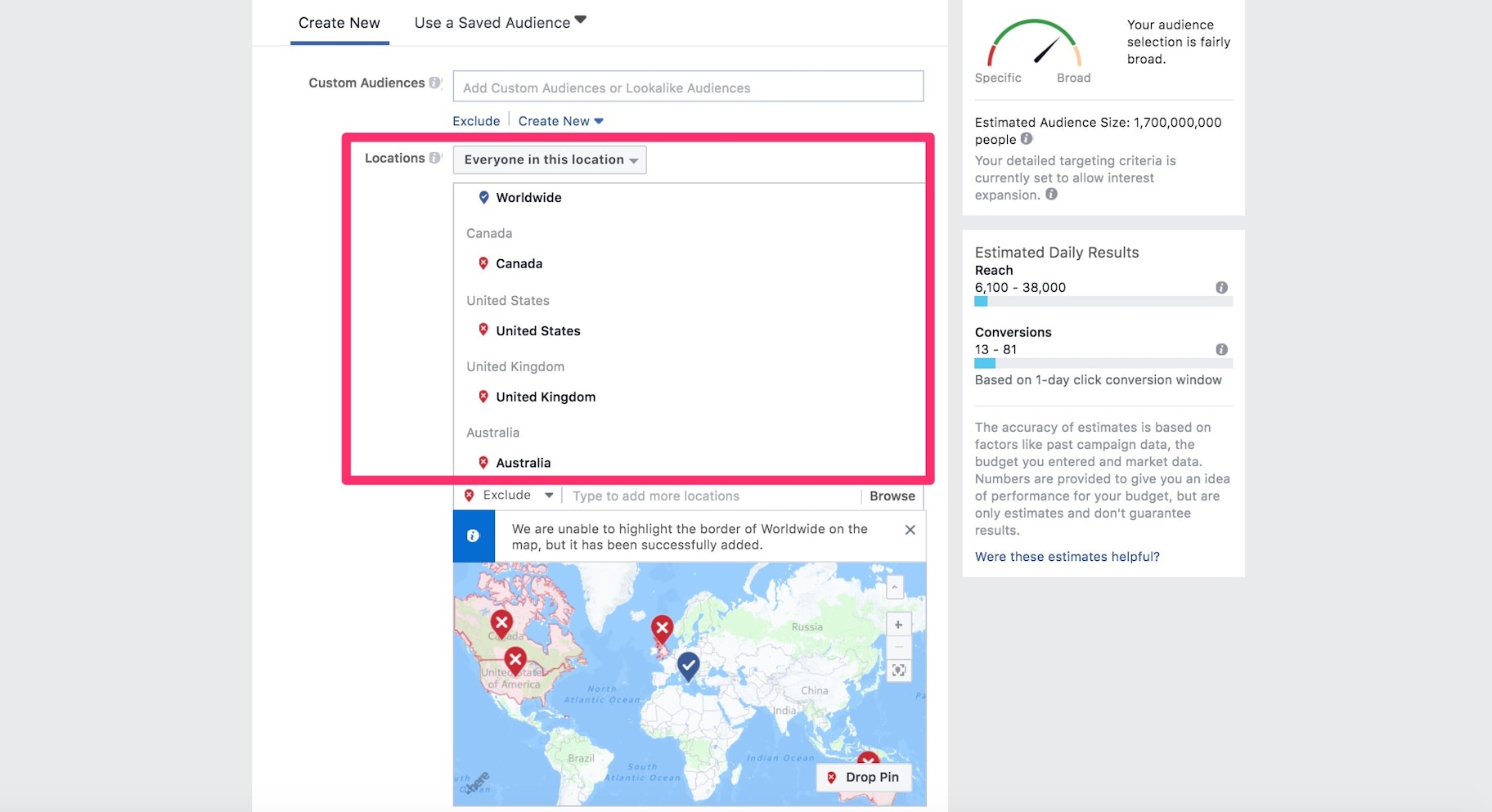
And that’s one of the most important lessons in this. There are countries you’d never in a million years target on your own. But if you target a Worldwide audience, you’ll target those countries you’ve never even heard of. Your potential customer is international so don’t forget to reach them.
#2. Your Funnel Is More Important Than You Think
Your marketing funnel, the whole process of getting your customer to discover and then buy your product, is more important than your Facebook ad.
You could create the world’s greatest Facebook ad, but if your funnel sucks, it won’t convert.
What should you be optimizing? Your product page for starters. On our product page, I added a countdown timer and it ended up working really well for us. I know it doesn’t make our website look beautiful but it helped create a sense of urgency when people were directed to that page from an ad.
You also want to make sure you have upsells to increase average order value when someone does buy. And have an exit intent popup when someone is about to leave your store without buying. The cart page and abandoned cart emails need to be done right too.
The success of your Facebook ads is more dependent on how well optimized your store is than how great your ad is. Which brings us to our next point…
#3. Spend More Time Tweaking Your Site Instead of Your Ads
If you have to choose between tweaking your product page or tweaking your Facebook ad, always choose your product page.
Why? Because your product page needs to convert well for more than just Facebook ads. Your customers might send links to their friends. Or maybe your product page shows up in a search result.
Facebook Ads is just one channel. While it’s important, your product page needs to be a conversion engine. So if you’re going to follow the 80-20 Rule you’d want to spend 80% of your time tweaking your website and 20% of your time tweaking your Facebook ads.
At least once a week ask yourself, ‘What can I change on my product page to get more sales?’ Of course, you don’t want to do it blindly. So feel free to do some A/B testing to see what works best.
#4. Direct Traffic to Your Product Page
So, you’ve probably noticed I keep mentioning product pages. That’s because they convert better than directing traffic to a collection or homepage.
It’s the one mistake I see people make the most.
Often times, new store owners don’t even know what their homepage or collection page looks like. And everytime, without fail, the homepage is missing pictures and is filled with placeholder text. Driving traffic to your homepage is almost never going to convert well. Partially because it isn’t targeted well and partially because it’s the least optimized.
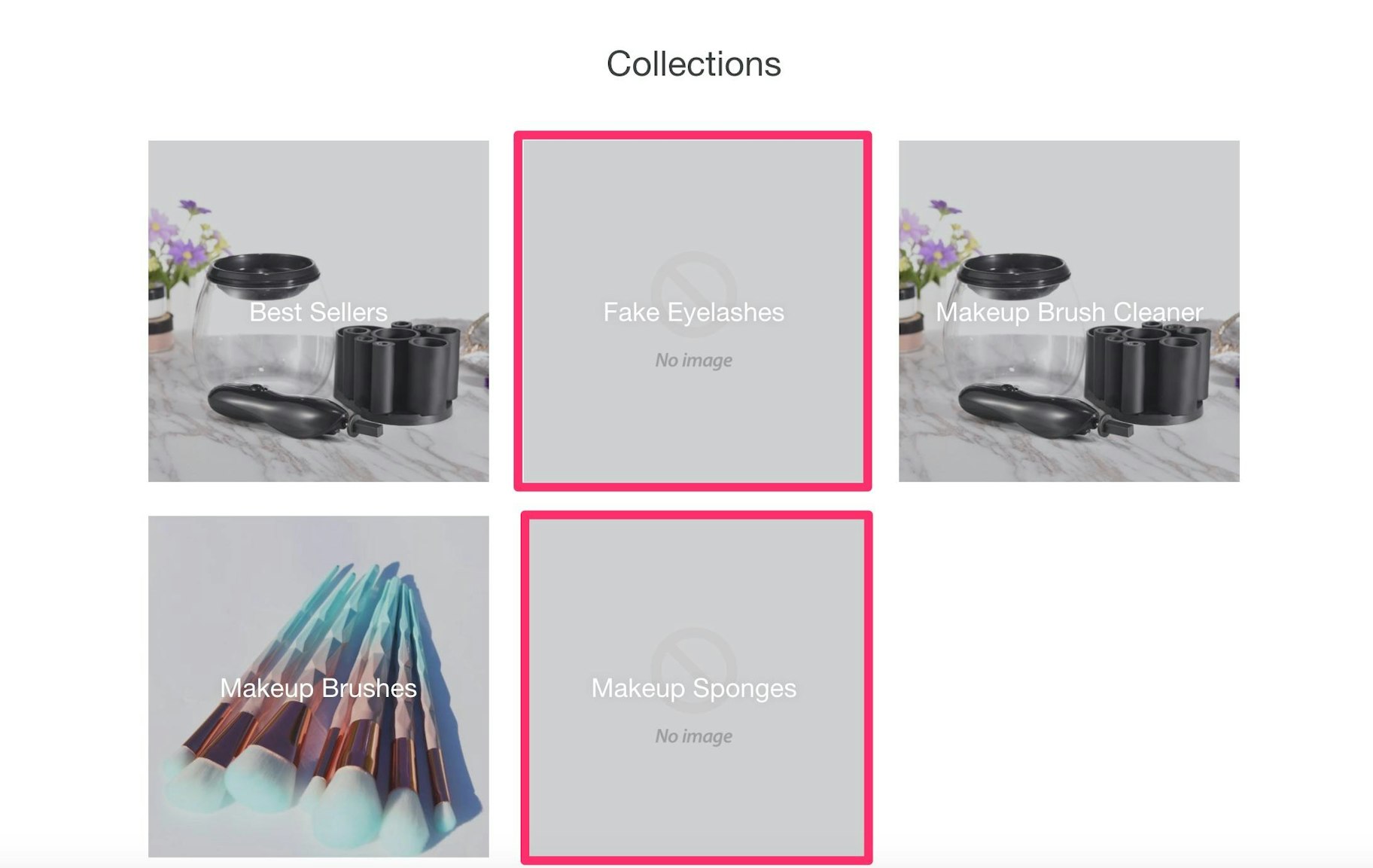
Creating an ad that gets directed to a product page works well for a few other reasons. First, you can create an ad for a specific product to find out which product gets bought the most.
Second, when a customer sees an ad with a product they want, they want to end up on the exact page for that product. They’re not going to spend time browsing your website to find it.
#5. Facebook Ad Engagement is Important
I know it can suck to see your ad getting so many likes and comments and only a few sales. But ad engagement can play a huge role in the success of your ad.
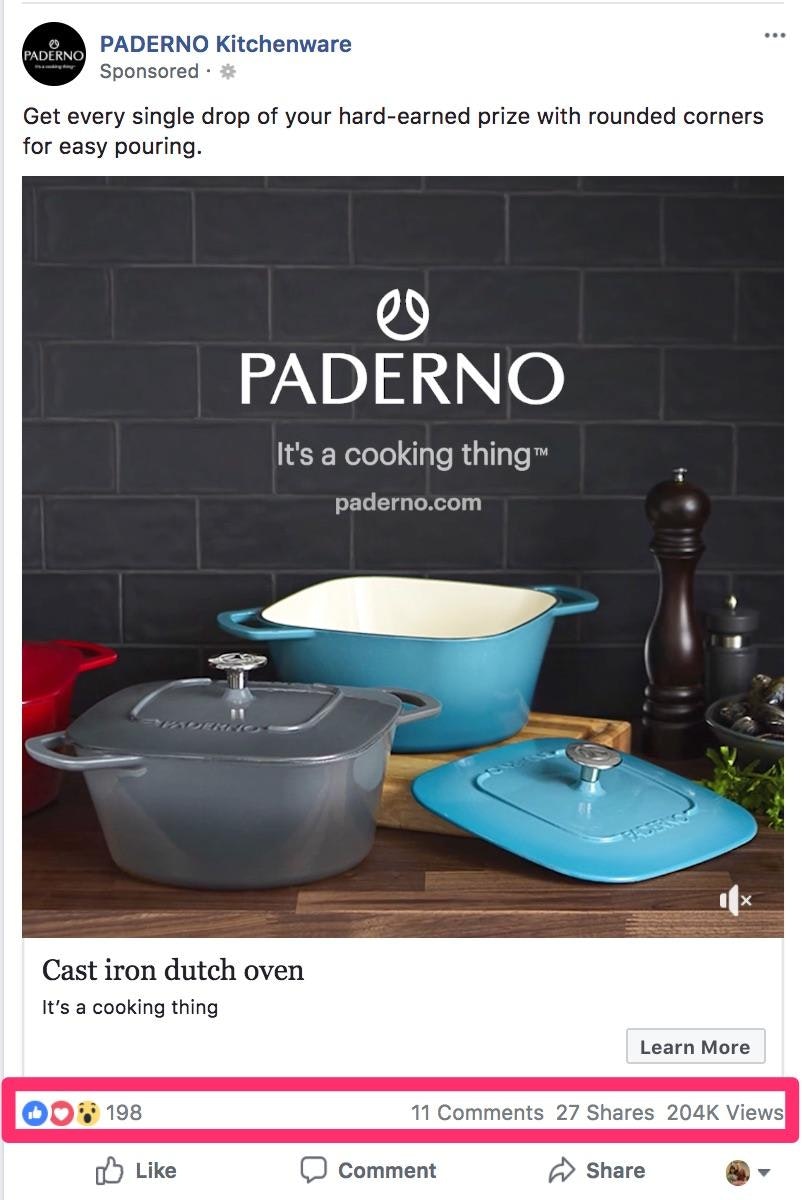
If your ad has several people tagging their friends in the comments and a ton of likes, it’s signaling to Facebook that users like your ads. And you’ll be rewarded with lower ad costs.
Plus, if people are engaging with your ad, you’ll continue to reach an even bigger audience. Eventually, some of those friend tags will lead to sales.
On our ads, I’d try to boost engagement by asking people to ‘Tag a Friend’ and it worked really well. Facebook may start cracking down on that. But feel free to respond to comments to help boost the level of engagement from those viewing the ad.
#6. Simple Ads Work Best
Carousel, video or canvas ads can be fun to experiment with. And maybe you’ll find that they work best for you. However, my experience was that a basic ad with a product image and to the point copy worked best.
Keep it simple.
Direct your traffic to one specific product. Choose the most visually stimulating picture for that product. Write a short sentence promoting that product like ‘50% off TODAY only.’
I found that our carousel and video ads got quite a few views. But at the end of the day, the goal is to increase sales. And a basic Facebook ad is what delivered that the best results.
Why’d it work so well?
These type of ads look like regular posts instead of ads. A carousel ad looks like an ad but a standard ad looks more seamless on Facebook’s platform.
#7. Facebook is 80% Testing and 20% Optimizing
If you’re just starting out, it can take a while to find that winning product and create that top performing ad.
Most of the time spent on Facebook ads, was spent testing. I created several ads for different products to find out which products worked best.
I eventually found a winning product. But even then, I still kept testing out different products so I wouldn’t be dependent on one successful ad.
I also tested different copy, images, offers and targeting options to see what worked best.
#8. Once You Succeed, Scale.
Scaling your ads can be a bit tricky. When I was just starting out, I relied on mentors to help us scale since it wasn’t as easy as increasing the ad budget.
A huge part of our Facebook Ads success came from our ability to scale. So here’s what I did:
Take a look at your ad Breakdown, which targeting options have the lowest cost per conversion but are getting the fewest number of impressions? Take that list and create new ads for those specific targeting options on their own but keep everything else the same.
For example, if you found Greece was getting the lowest cost per conversion but the fewest impressions, you’d create an ad where you only target Greece. You should also consider removing Greece from your original ad.
As you keep doing this, you’ll find that your start growing the number of ads for your best performing product which allows you to scale easily without ‘breaking’ your original ad.
#9. Scaling Isn’t 1:1
As I kind of hinted in the last section, scaling isn’t as easy as doubling your money. If you got 10 sales from a $50 ad, you won’t get 20 sales with a $100 ad. You’ll likely get more sales with a bigger ad budget but it won’t be double what you’re getting now.
The secret is to try the trick in the previous section but also to scale slowly. When you create a successful Facebook ad, add $5 a day onto the ad to help prevent drastically reducing your conversions.
Also, keep in mind that the more you spend per ad the harder it is to scale. That means, you might be able to double your conversions if you’re moving from a $5 ad to a $10 ad. But you definitely won’t be able to do that if you’re going from a $500 ad to a $1000 ad.
#10. Create Separate Pixels for Each Product
This is an advanced tactic so if you’re creating your first Facebook ad you probably don’t want to try this out just yet.
The Facebook pixel allows you to build custom audiences based on different actions customers take on your store, such as purchases. This allows you to create lookalike audiences to target based on the data from customers of your store.
Fortunately, you can use the Shopify app Pixel Bay to create separate pixels for each product.
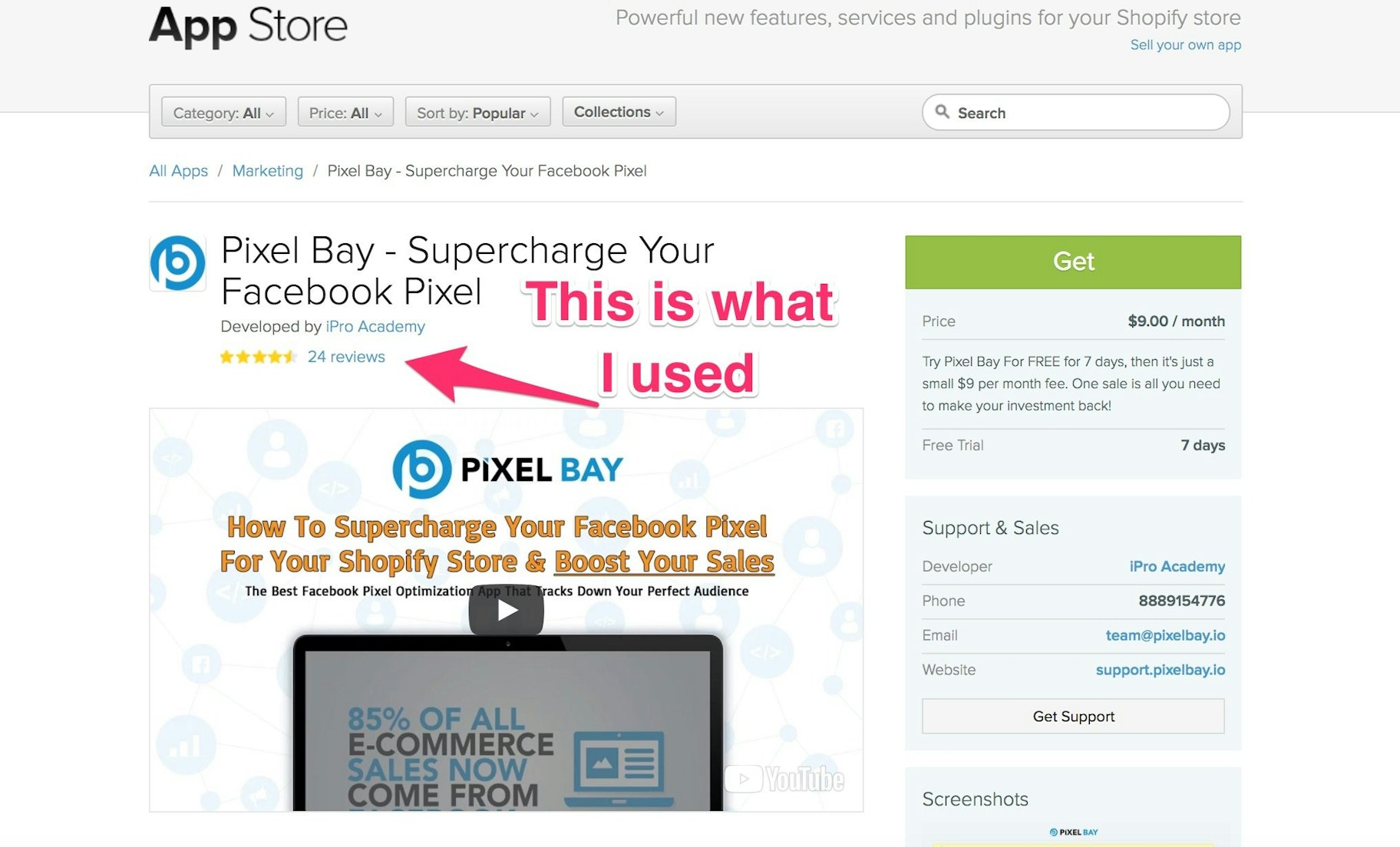
For example, if you have a store that sells makeup brushes and grooming kits for men, those products will target very different audiences. If you use the same lookalike audience off of purchases on your store for both of those products, you might not have the best results.
But, if you create a purchase pixel for the makeup brushes and a purchase pixel for the men’s grooming kit, you can build two different lookalike audiences off of those purchases, and see much better results from your ads.
Alternatively, you can build custom audiences from Facebook users that visit specific products using url targeting. I recommend doing this if you’re dropshipping. It’s one of the best dropshipping secrets around when it comes to getting sales via Facebook ads.
#11. Retargeting Budgets
Retargeting is when a customer visits your website and leaves without making a purchase but is then shown an ad for that specific product they were viewing on your store.
Retargeting ads work really well at converting since customers are already familiar with your brand since they were previously on your website.
On average, you want to spend ¼ of your total ad budget on retargeting. If you sell expensive products you’ll likely want to invest a bigger portion of your ad budget to retargeting.
Why?
Because customers likely need to see your product a few more times before they’re ready to purchase.
A product under $50 is usually affordable enough that a customer may be ready to buy the first or second time. But a product that costs $150 might require a few more ads to help a customer realize they’re ready to purchase it.
#12. Get Creative with Retargeting
If you’ve read my free ebook 50 Ways to Get Sales with Dropshipping you’ve likely already read how I got a 9x ROI from a retargeting ad that targeted those who read our store’s blog.
I created blog posts that featured influencer quotes. Then, I reached out to those influencers on Twitter to let them know about the post. I had a retargeting ad running on our blog before I did this.
Then, the influencers would share the post they were featured in. Since they were niche influencers the audience was targeted and I landed a few sales with this strategy.
Another strategy I experimented with retargeting was targeting people who saved the ad but never clicked on it. So if a person saved the ad to view later but never ended up visiting our website, we’d retarget them as a helpful reminder to view the product.
Conclusion
The secret to Facebook Ads success comes down to experimentation. The more you experiment with different products, copy, targeting options, ad types and more, the more likely you are to create a successful Facebook ad and get out of the mindset that wasting money on Facebook. The Facebook Ads lessons I’ve learned have worked well for me on my store and could work really well for you too. Take risks. And don’t be afraid to make mistakes. The lessons you learn from experimentation will provide you with so much value for years to come.



Want to Learn More?
- Read a free e-book “The Definitive Guide to Facebook Advertising“
- 15 Facebook Ad Examples to Use as Inspiration
- How to Master Facebook Advertising
- How They Turned $5,000 Into a Thriving Home Decor Business
What’s your biggest challenge when creating Facebook ads? Let us know in the comments!
